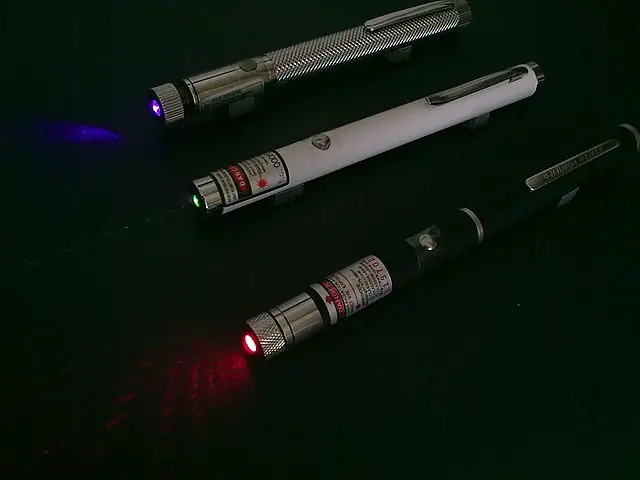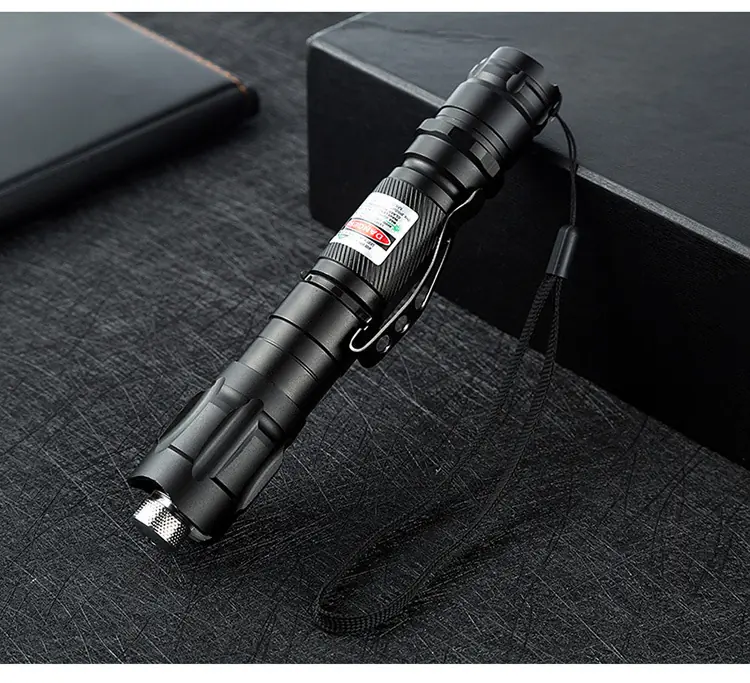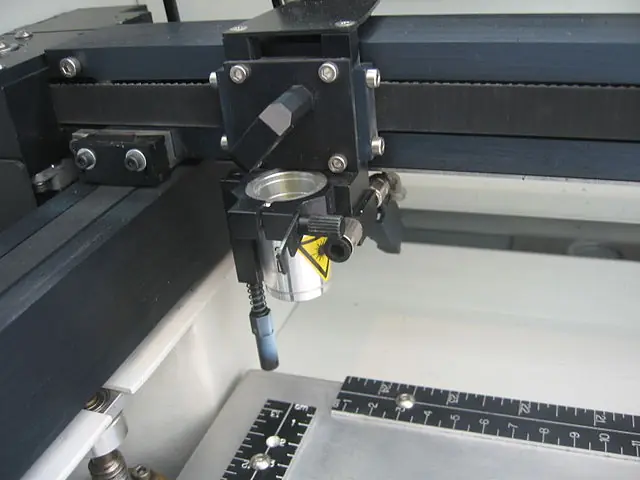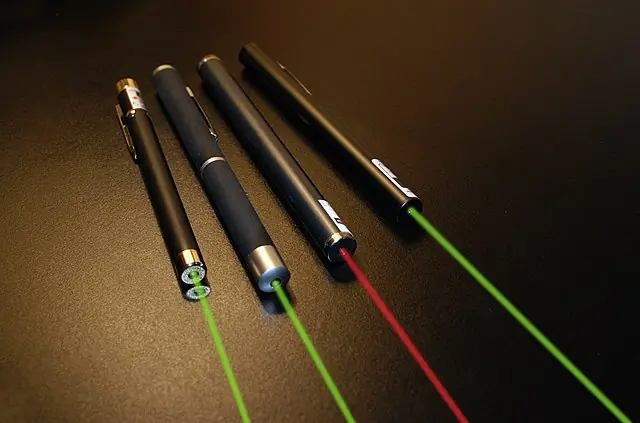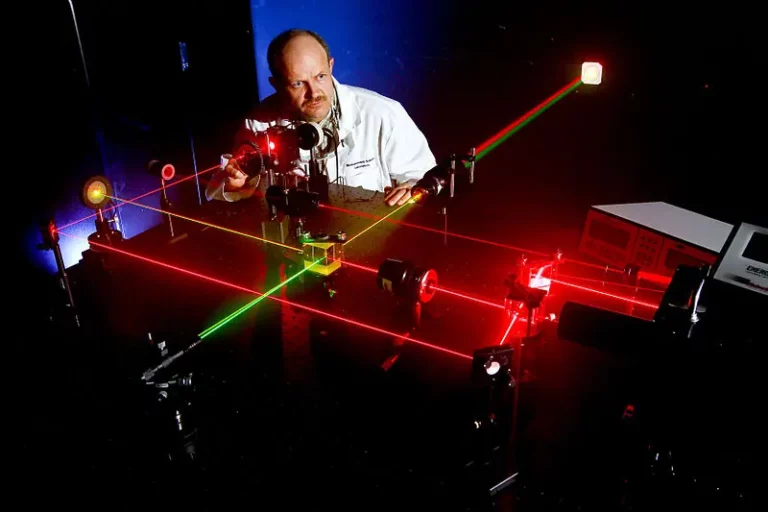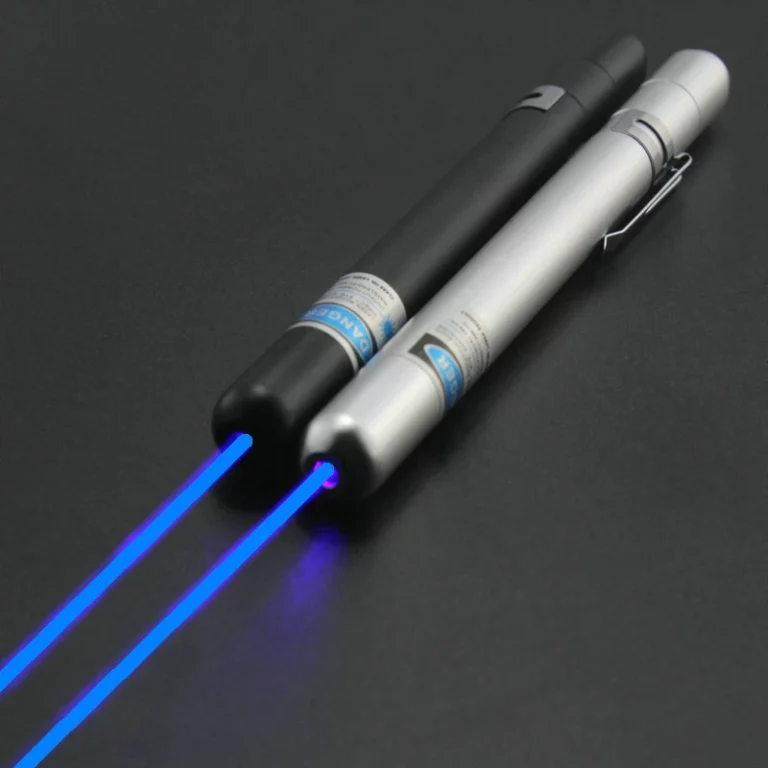Introduction to Laser Safety Goggles
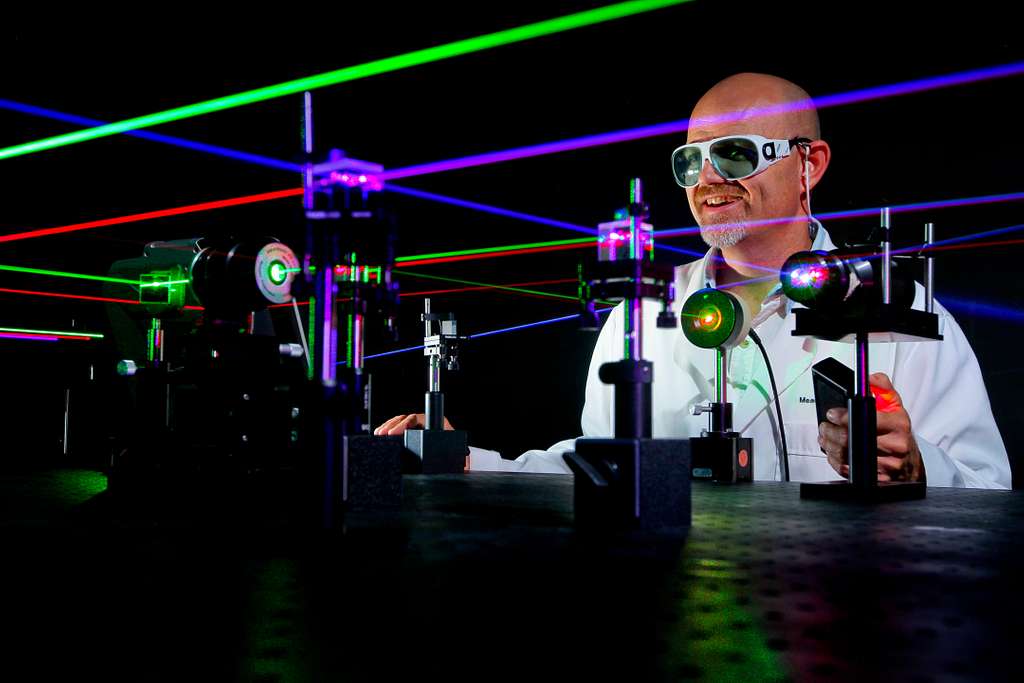
Laser pointers are a popular hobby item, but they can be dangerous if used improperly. High-powered laser pointers can damage your eyes if you look directly into the beam, and even reflected light or viewing the dot up close can be harmful. It is important to use laser pointers safely, and to wear the appropriate safety gear when using them. These include avoiding direct eye contact with the beam, wearing appropriate safety goggles, and not pointing the beam at other people. By following these simple guidelines, you can enjoy your laser pointer while keeping yourself and others safe.
Laser safety is the safe design, use and implementation of lasers to minimize the risk of laser accidents, injury to the eyes or skin, or damage to property. Lasers are potentially hazardous because they produce intense light that can be focused into a narrow, intense beam. When this happens, the energy in the beam can be high enough to damage the tissues it comes into contact with.
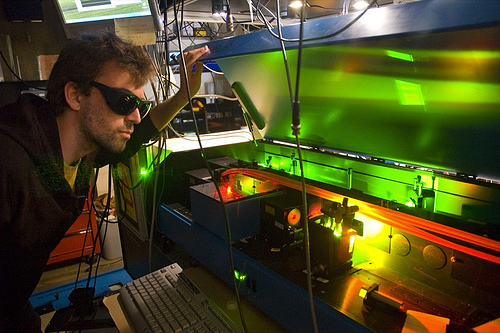
Laser Safety
Laser safety covers a wide range of topics, including:
-The different types of lasers and their associated hazards
-How to assess the risks associated with lasers
-How to design safe laser systems
-How to use lasers safely
-How to protect people from laser hazards
-How to respond to laser accidents

Understanding The Risks
Laser safety goggles are a must for anyone using a laser, whether for hobby or professional purposes. Even low-powered lasers can cause permanent eye damage if not properly protected against.
Laser hazards can be divided into four categories:
-Skin hazards
-Fire hazards
-Explosion hazards
-Eye hazards
Skin hazards are caused by the laser beam coming into contact with the skin. This can happen if the beam is not properly contained, or if the person working with the laser is not wearing proper protective clothing.
Fire hazards are caused by the laser beam igniting a flammable material. This can happen if the beam is not properly contained, or if the material is not properly treated.
Explosion hazards are caused by the laser beam causing a combustible material to explode. This can happen if the beam is not properly contained, or if the material is not properly treated.
Laser safety is therefore about controlling the hazards associated with lasers, and ensuring that people are aware of the risks and know how to work safely with lasers.
Eye hazards are the most common type of laser hazard, and can be further divided into two categories:
-Direct hazards
-Indirect hazards
Direct hazards are caused by the laser beam coming into direct contact with the eye. This can happen if the beam is not properly contained, or if the person looking at the laser is not wearing proper eye protection.
Indirect hazards are caused by the laser beam reflecting off of a surface and into the eye. This can happen even if the surface does not have a reflective mirror finish. Merely looking at the dot a laser produces on a wall up close may be hazardous without eye protection.
Pointing high-powered lasers at airplanes, reflective surfaces, or near vehicles can be extremely dangerous. Lasers can blind or disorient pilots and drivers.
Safety Goggles
Laser safety goggles are a must for anyone using lasers, whether for hobbyist or professional purposes. There are a variety of goggles available on the market, each with their own benefits and drawbacks. It’s important to understand the different types of goggles available and the OD rating system in order to make an informed decision about which goggles are right for you.
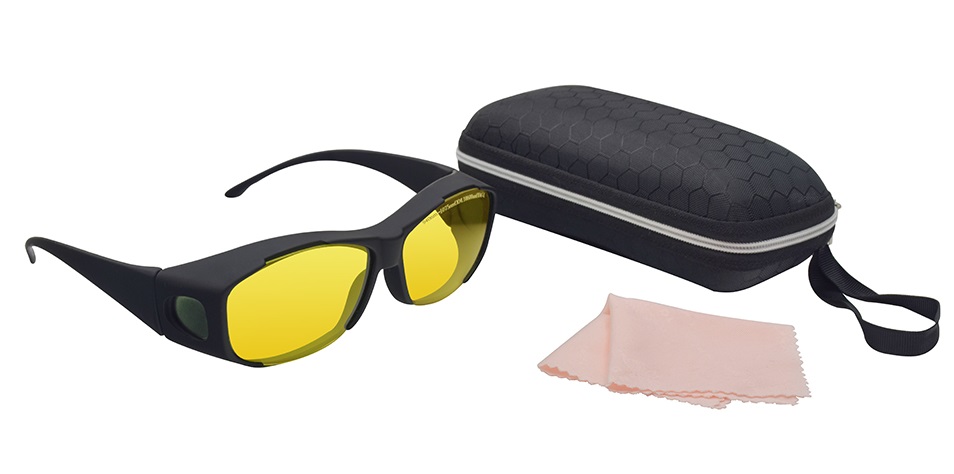
There are many factors to consider when choosing laser safety goggles. Some of the most important include: the wavelength(s) of laser light the goggles will be used to protect against, the optical density (OD) of the goggles, the fit of the goggles, and the level of eye protection the goggles provide.
There are two basic types of laser safety goggles: those that protect against a range of wavelengths of light, and those that only protect against specific wavelengths. Multi-wavelength goggles are generally more expensive, but offer broader protection. If you know you’ll only be using lasers of a certain wavelength, you can save some money by choosing goggles that only protect against that wavelength. However, it’s important to make sure the goggles you choose offer adequate protection for the wavelength of laser you’ll be using.
When choosing laser safety goggles, it is important to select a pair with an optical density (OD) that is appropriate for the wavelength and power of the laser you are using. The OD is a measure of how much light the goggles will absorb, and is expressed as a number.
When in doubt, it is always best to err on the side of caution and select a pair of goggles with a higher OD than you think you need. It is better to have too much protection than not enough.

